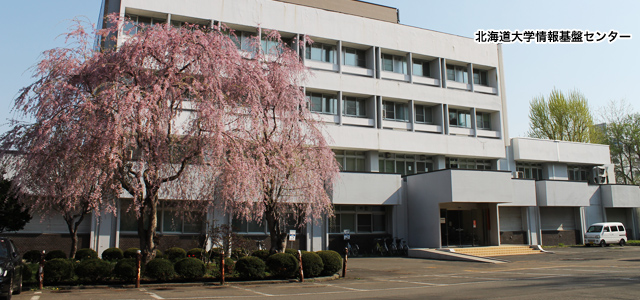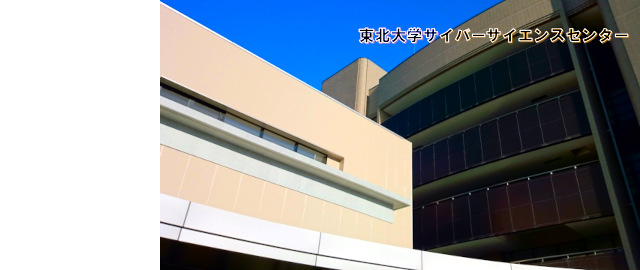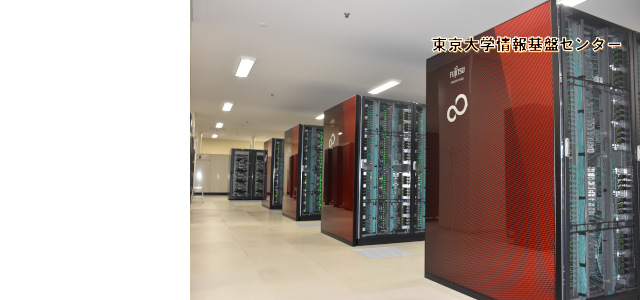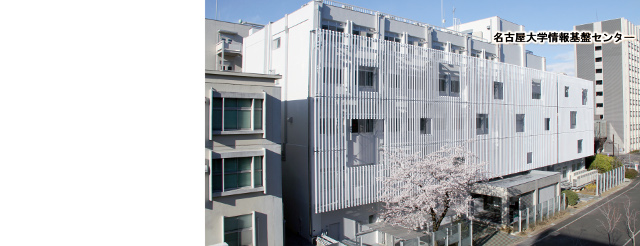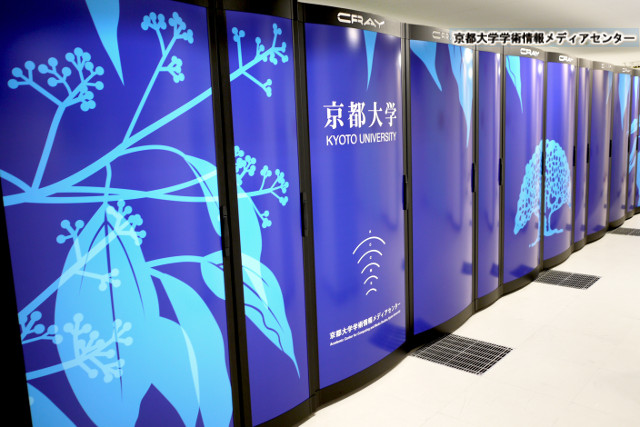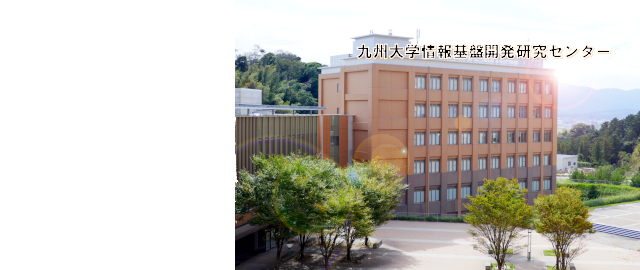About the JHPCN
Disclaimer: This English version was generated by machine translation based on the Japanese page as of August 21, 2025. Please refer to the Japanese version for the official and most accurate information.Purpose
The Joint Usage/Research Center for Interdisciplinary Large-scale Information Infrastructures (JHPCN) is a network-type joint usage and research center, officially accredited by the Minister of Education, Culture, Sports, Science and Technology of Japan. It consists of eight institutions—Hokkaido University, Tohoku University, The University of Tokyo, Institute of Science Tokyo, Nagoya University, Kyoto University, The University of Osaka, and Kyushu University—each hosting a supercomputing center (hereafter referred to as the constituent centers). These centers provide their resources for joint research.Since FY2022, mdx: A Platform for Building Data-Empowered Society, jointly operated by the constituent centers, the National Institute of Informatics, the National Institute of Advanced Industrial Science and Technology, and the University of Tsukuba Center for Artificial Intelligence Research, has also been offered as a computing resource, with a focus on data science and data utilization.
Researchers whose projects are accepted under this program are granted free access—within the approved scope—to computing resources such as supercomputers, data platforms, storage, and visualization systems. In addition, participants can build collaborative research frameworks with researchers at the constituent centers, expand their research networks through participation and presentations at center symposia, and further advance their studies and development. Support may also be available for presenting results internationally and publishing papers.
Each constituent center hosts numerous leading researchers specializing in computational science, data science, and computer science. Joint research with these experts allows further advancement of research topics. Upon request, introductions to potential collaborators can also be arranged.

